FAQS
TECHNICAL INFORMATION - FAQ
1. How is hydrogen injected into the network?
To introduce hydrogen into the natural gas distribution network, it was necessary to build a dedicated hydrogen (H2) transmission network from Gestene (the producer) to the injection site, where the necessary equipment to control the mixture is installed.
To ensure uniformity of the gas distributed to any customer, regardless of its location within the area covered, the H2 injection and mixing point is located at the outlet of the Pressure Reduction Post (PRM 50).
2. How is the mixture with natural gas made and controlled?
At the beginning of the line connecting Gestene to the PRM50, a pressure reducer and hydrogen odourisation system are installed to ensure that line pressure complies with the legislation applicable to the natural gas networks (under which it was built) and that H2 smells like gas, allowing for the immediate identification of any leakage.
A static mixer was installed to suitably prepare the mixture of Green Hydrogen with Natural Gas (NG). A ratio controller was installed to ensure the stability of the mixture, controlling the flow of H2 depending on the flow of NG and according to the set point established for the volumetric ratio H2/(NG+H2). A programmable logic controller (PLC) will monitor the entire process; it can stop the injection when it detects an abnormal situation. The supervision and data acquisition system (SCADA) and the telemetering system underwent minor adjustments to incorporate and transmit the information concerning this new type of installation. These changes can be used in future projects of the same nature.
3. How is the calorific value of the mixture determined?
The gross calorific value (GCV) of the mixture is measured by a calorimeter with fiscal approval in the country of origin (Germany). From the measured GCV figures, the hourly and daily GCV values are calculated, which are made available on the SCADA (existing), for monitoring and through the telemetering system (existing) for the purpose of determining the energy consumed by the covered customers (consumption billing).
This process ensures fair billing and proper quantification of the energy consumed by each customer.
4. What tests have been/are being carried out to ensure the proper functioning of consumer equipment?
The Green Pipeline Project focuses on the impact of the distribution and consumption of mixtures of Hydrogen and Natural Gas (blending) on the existing gas distribution network and on the equipment currently used by the consumers it serves. Within the scope of the project there are residential, commercial and industrial consumers whose equipment has been inspected but has not been replaced, as this was not necessary in view of the type of mixture to be distributed and in line with Floene’s expectations. On the contrary, the expectation was to keep existing equipment in service, so that the Green Pipeline Project could obtain realistic and conclusive results on how consumer equipment really behaved, which could be extrapolated to other projects in other locations, helping to increase the little practical information that is available on the subject.
The percentages of H2 to be tested within the scope of the Green Pipeline Project (initially the mixture ratio was around 2%, progressively increasing up to a maximum of 20%) are based on the extensive literature published internationally on the interchangeability of fuel mixtures. Up to 20% H2, the resulting H2/NG mixtures are interchangeable with the NG previously distributed, which means that existing appliances should operate in good condition without any adjustment. In addition, the project collected information published by Marcogaz – Technical Association of the European Natural Gas Industry, which established a task force dedicated to the identification and evaluation of the issues raised by the use of H2 in gas infrastructure and the equipment used.
So far, the project has fully confirmed the theoretical information on which it was based and the validity of the solution of distributing NG/H2 mixtures to start decarbonising gas infrastructure and creating a critical mass of H2 generation capacity.
5. How is hydrogen produced (electrolysis type, electrolyser capacity, energy source)?
Gestene installed at its headquarters, located in the Seixal Industrial Park (PIS), an alkaline electrolyser with a capacity of 50 kW, powered by solar panels, which produces a maximum of about 10 Nm3/h of H2, at a pressure of 10 bar. This equipment is installed about 1,400 metres from the PRM50 of the Setgás network, a suitable location for injection into the natural gas network
